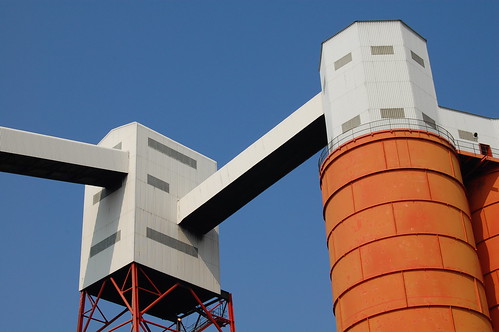Back from 2007
Like most recreational tri-athletes, I don’t pay much attention to what’s happening in the top levels of the sport, let alone in the separate worlds of swimming, cycling and running[1]. But I took notice last year when Eliud Kipchoge ran a marathon distance in under two hours, a barrier long thought to be unbreakable, and one that reminded my of my failed attempts to break four hours over the same distance.
Kipchoge had plenty of help in his effort, including pace runners (providing an added drafting benefit) and a guide car projecting laser light on to the track to ensure exact pacing. These non-standard features mean that the time doesn’t count as a record for the marathon event.
Apparently, the biggest boost, however, came from his shoes, Nike’s recently released Vaporfly’s which incorporate a special carbon plate and a foam designed to return as much as possible of the energy expended from the impact of each pace. In subsequent events, runners with Vaporflys have produced winning times as much as 4 per cent faster than would be expected. And, it seems, the benefit is just as great, or even greater, for middle-aged slowpokes.
As with similar innovations in swimming and cycling, there was a lot of pressure to ban these technological marvels. But the International Olympic Committee, unwilling to take on the might of Nike, decided to allow the shoes, while trying to limit further innovations.
So, should I lay out $A300 or so for a pair of these marvels, which apparently may last for only a couple of hundred km (YMMV)? For the moment, I’m not going to. I’m going to have one more try to break four hours, and for this purpose I’m racing against my (not quite as old) self, not other competitors or even the clock. Once the technology becomes general, I’ll no doubt adopt it like everyone else.
In the meantime, what really appeals to me is the claimed capacity of cooling wristbands to lower body temperature. Even in moderate temperatures, I end events drenched in sweat and temperatures in Queensland aren’t always moderate. Does anyone have any experience/thoughts on this?
